 Why is the spiral such a compelling shape? Why does it have a positive meaning for every culture that ascribes a meaning to it? Could it be because we, on this tiny planet whirling around one of 100 billion suns, can call a spiral galaxy home?
Why is the spiral such a compelling shape? Why does it have a positive meaning for every culture that ascribes a meaning to it? Could it be because we, on this tiny planet whirling around one of 100 billion suns, can call a spiral galaxy home?
The spiral has found its way into the art of almost all cultures, from ancient primitive rock carvings on all continents to today's corporate logos. They show up in celtic art, native American petroglyphs, Nazca earthworks, Arabic architecture, Japanese rock gardens, Hindu spiritual texts, Australian aboriginal paintings and African art. Surprisingly, no religious or political group has claimed exclusive rights to the spiral. It remains non-sectarian, or maybe pan-sectarian. The spiral belongs to everyone and excludes no one.
In various mythologies the spiral is a globally positive symbol. Here are some of the meanings that have been attributed to the spiral.
Carl Jung, the famous psychiatrist, said that the spiral is an archetypal symbol that represents cosmic force.
In ancient Britain, the spiral seems to have been associated with the feminine as the doorway to life.
It has been associated with the cycles of time, the seasons, the cycle of birth, growth, death, and then rebirth. The cycles of time and nature are the cycles of life.
Some consider the spiral a symbol of the spiritual journey. It is also considered to represent the evolutionary process of learning and growing. It seems that life doesn't proceed in a straight line. The path of life more closely resemble a spiral. We seem to pass the same point over and over again but from a different perspective each time. To walk and then stand in the center of a spiral or labyrinth has been a psycho-spiritual exercise for centering the consciousness.
The spiral stands for coming into being.
The spiral shows up often in nature - in hurricanes and tornados, in the pattern of seeds in a sunflower, in the growing tips of ferns, in the pattern that leaves grow on a stem, in the shape of a nautilus shell, and, as a helix, the shape of the DNA molecule.
The spiral is the journey of life

Found Here: http://www.zenzibar.com/cosmicspiral/cosmicspiral.htm
The Spiral - (Prehistoric Geometry)
Spirals are a common natural form, appearing at all levels of nature. They are the natural product of Phi (Ф), which is also called the 'Golden Section' or the 'Golden Mean'.

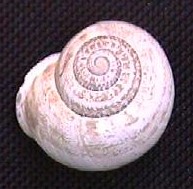
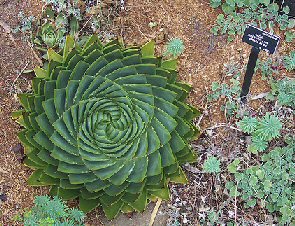
Service and Bradbery (2), write that the spiral refers to:
'...the belly and navel (Neumann 1955). It is also seen as representing a Navel of the earth - the Omphalos...E.A.S Butterworth in 'The Tree at the Navel of the Earth' calls it the Omphalus sign...now seen as very ancient and very widespread (Roscher 1913), This fits well into the idea of megalith as places of interchange between the cosmic forces of the sky and earth'. (2)

| Examples of European Megalithic Spiral-Art. Prof. Alexander Thom suggested that some of the European megalithic spirals had been carved with mathematic precision, using a common unit of measurement associated to the Megalithic Yard. Irish Spirals. The mound at Newgrange has been dated at about 3,200 BC (Burl). The passageway has been shown to possess both a solar orientation, and a secondary astronomic feature in its design called a 'light-box', of which three others have so far been identified (One at Carrowkeel, Ireland, one at least on the Orkney Islands, Scotland, and another other at Bryn Celli Ddu in Wales). All of the 'light-boxes' have one thing in common, which is that they were orientated to solar events. Front Kerbstone, Newgrange - Note spirals left of the central line go in one direction, whilst those on the right go in the other direction. The spirals above are all from Newgrange, in the Boyne valley, Ireland. Kerb-stone from Knowth, Ireland, also a part of the Boyne Valley 'complex'. Spirals are a common feature of Irish megalithic art. They can be seen at numerous other Irish megaliths, although there exact meaning (If there is such a thing), is far from being understood. (More about Prehistoric Ireland)
Portuguese Spirals.
This recently discovered spiral-art (right), was found in the region of Poidáo in Portugal. The spiral is around 0.5m in diameter, possibly making it the largest known carved spiral in Europe. Unlike most spirals, this one sits alone on the side of a hill, with no obvious orientation or apparent purpose. Several other spirals along with various rock-art, stone phallus, cart-ruts and even signs of Christianisation make it probable that this inhospitable valley system was an importance prehistoric site for a long time. (More about Piodao region of Portugal) In addition, the stone circle at Almendres which is considered to be one of the oldest oldest stone circles in Europe ('4th to 5th millennium B.C' - Site plaque - 2007.), also has/had a spiral on one of it stones.
Maltese Spirals. There are numerous spiral motifs in Malta, but they are decorative, 'floral' spirals, unlike the single examples found at many UK stone circles. Service and Bradbury (1), say that 'spiral patterns are associated with the great goddess'. A statement that makes sense in Malta., but nowhere else. These 'floral-spirals' (above), come from the Tarxien in Malta. They show a strong similarity to Celtic and Norse motifs, but are dated far earlier at 3,000 -3,500 BC.
The 'Westray Stone', from Pierowall (left). The Eday Manse stone, Isle of Eday. (right). Other European Spiral-art. The Flat Rocks of Helluland I (2)- with similar 'Solar-wheels' as those found in Ireland. |

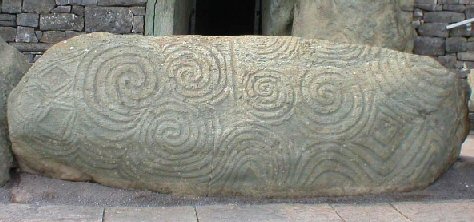

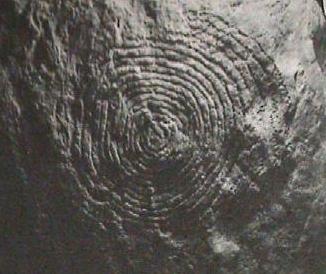
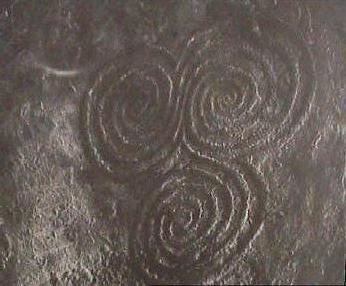
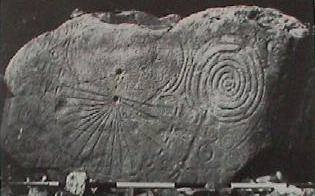
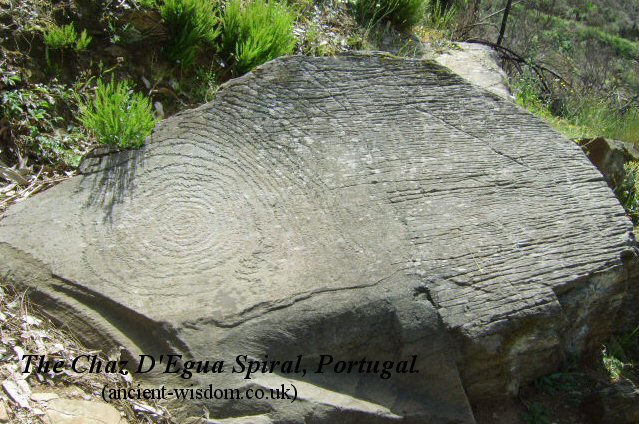
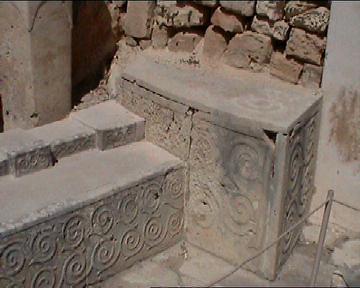
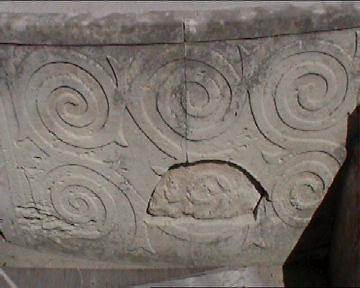
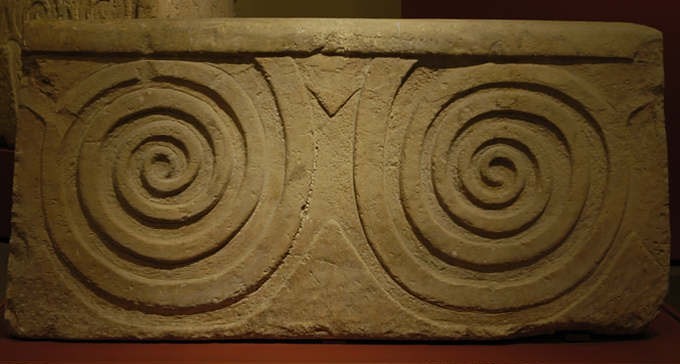
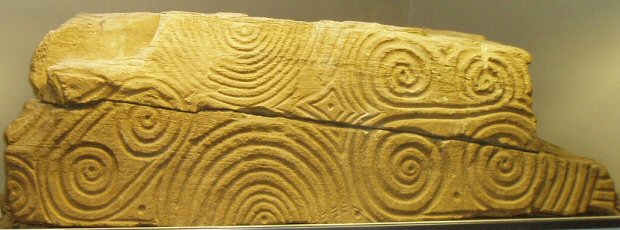
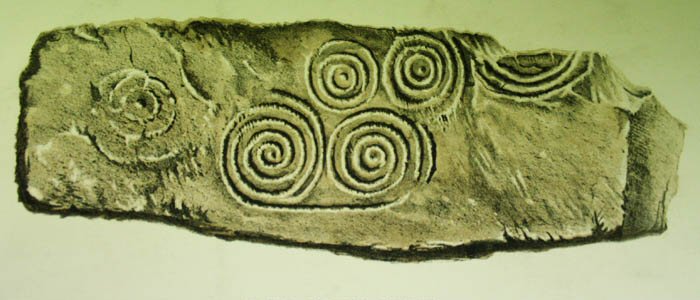
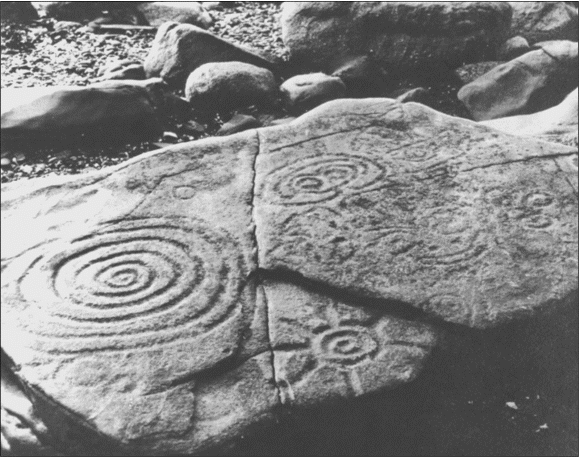
No comments:
Post a Comment